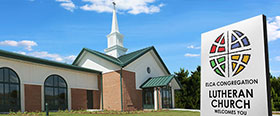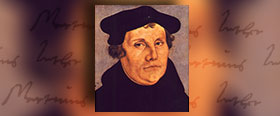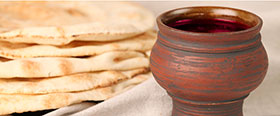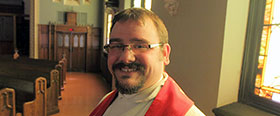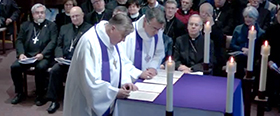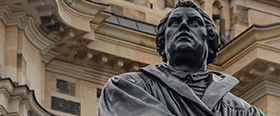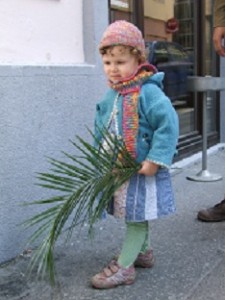The Rev. Arden and Janna Haug are ELCA missionaries based in Bratislava, Slovakia. Arden is the ELCA’s regional representative for Europe. They have two sons, Vitali and Alexei.
Dear Friends,
In Slovakia, Palm Sunday is known as “Flowering Sunday.” It is a wonderful description of the season. Apple trees, plum trees, forsythia and magnolias are all in bloom. Slovaks often bring branches from these trees or pussy willows to be blessed as a part of the Sunday morning liturgy on Palm Sunday.
In the Bratislava International Church, we celebrated the day with traditional greens palms and dry tan palm crosses. When I was in Great Britain for a regional meeting of the Lutheran World Federation, I searched high and low for palm branches, but I was told in one liturgical supply house after another that in England, “palm crosses is what we use.” The English save their palm crosses, as Americans do their palm branches, for Ash Wednesday
services the following year. I scoured the city for palm branches and then decided to experiment and have a multicultural Palm Sunday. The children entered the church with palm branches swaying and shouting loud “hosannas,” and the adults followed waving their palm crosses and reverently singing, “All Glory, Laud and Honor.” It was a wonderful way to begin our Holy Week observance.In the Slovak language, the word for Easter is Vel’ka noc, which means Great Night. The name the Great Night comes from the early tradition of Orthodox Christianity and its important midnight Easter Vigil. Following the old Slavic liturgy and custom, the miracle of Jesus’ resurrection takes place in the midnight hours. The good news of Easter is proclaimed “on the first day of the week, and early dawn, when the women went to the tomb.”
At midnight the priests and congregation walk around the church three times, and on third round, they stop at the entrance of the church. The priest knocks on the door, and then announces to the congregations standing in the darkness, that the tomb is empty. This leads to the Orthodox Easter greeting which has become our own familiar Easter greeting, “Christ is risen! He is risen indeed!”
A blessed Easter from Central Europe!
The Haugs

